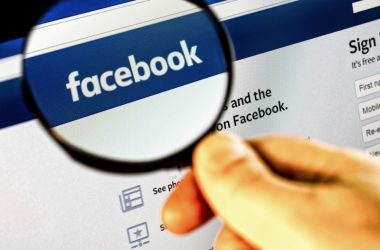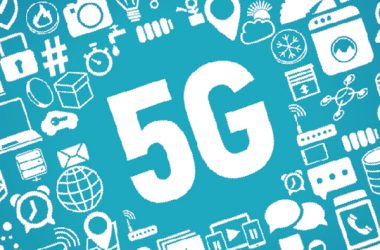
Hurricane Sandy is settling down after having wreaked havoc on the eastern seaboard of the US, with several dozen fatalities and at one point, more than 7 million people were out of power. During such catastrophes, the need to communicate becomes ever more urgent, and mobile networks are central to that.
Every operator with a radio license is required to have a plan for “force majeure” – an extraordinary event or circumstance beyond human control. During a natural disaster or major event, both core networks and radio access networks need to be extra secure to ensure continued communication.
Aniruddho Basu, Director of Site Portfolio, Ericsson, says: “Because they house critical customer information, core networks are traditionally built to withstand a lot of these incidents. They are often located in very secure buildings or even underground, to make them earthquake- and weather-proof, whereas radio access networks can be more susceptible to damage.”
The good news is, however, radio access networks have built-in redundancies with fluid traffic management, so sites can take offload for certain outages.
“By sheer size and proliferation, the radio access network should be able to handle some outages because multiple sites are put in to offload sites that are down,” Basu says. “We are able to re-route and cater for emergencies by having a well-balanced network.”
Contingency planning varies around the world, often depending on the reliability of the power grid. Operators in Africa or Asia, for example, commonly have big stores of battery or diesel backup. In North America, however, the grid is normally so reliable that battery-operated backup sites are rarely called upon.
“Naturally, operators follow outage guidelines,” Basu says. “There are business-critical areas in dense urban sites where a 30-minute outage means a lot of revenue. So of course there’s backup power for those critical sites.” In North America that varies from operator to operator.
In case of emergency, Basu says there are multiple things happening:
- The core network is secured.
- If there are failures, solutions such as microwave links or alternate antennas are suggested. Sometimes a container solution is brought in.
- Ericsson provides consulting for contingency, network dimensioning and planning. “If it’s a good grid country, you don’t need a battery solution, but you still have alternatives – fuel cells or solar, for example, for both core and radio access sites,” Basu says.
- Ericsson can send in “rapid response teams” to customers who request for contingencies and emergencies. Those groups travel to affected areas and provide container solutions.
- Ericsson supplies different energy solutions for the entire network – on-grid or off-grid networks.
Overall, in times of emergency, Basu says communication is a priority. “A functioning network makes it much easier to reach out and seek help. Communication is a basic human right, and we must secure that.”
The Twitter and Facebook feeds concerning Hurricane Sandy are notably focused on asking friends and family for status updates rather than phone calls. This is in line with habits observed by Ericsson ConsumerLab during this and recent natural disasters, such as the 2011 earthquake in Japan.
Cecilia Atterwall, head of Ericsson ConsumerLab, says: “We have seen in other severe situations – like the (2011 earthquake and tsunami) in Japan, where normal phone calls didn’t work – that social media changed form quickly. People stay on the channels they were used to, but the content changed to ‘chatter that matters’: pertinent information about their well-being or about infrastructure damage.”
The information flow is not just between people, Atterwall says, but becomes visible in mass communication and traditional media outlets as well.
“With a smartphone in everyone’s hands, especially in a major metropolitan area like New York, where our research shows that smartphone penetration is 55 percent, social media become a main source of information that is then broadcast by mass media.” she says. “Not only that… Authorities in New Jersey recently turned to Twitter to send updates to residents.
“One of the key trends we saw in ConsumerLab’s 2012 10 Hot Consumer Trends for 2012 report was that social media also help people judge the relevance of news by providing necessary social commentary,” she adds.
People are sharing tips on how to stay online. The hashtags #tips and #sandy are full of people reminding each other to turn off their phones in between sending and receiving texts to save battery power.
Atterwall says: “New technology is enabling people to communicate and get updates in new ways. But at the end of the day, the technology is just there to support the fundamentals in life. Just seeing that friends are fine is still what really matters.”





